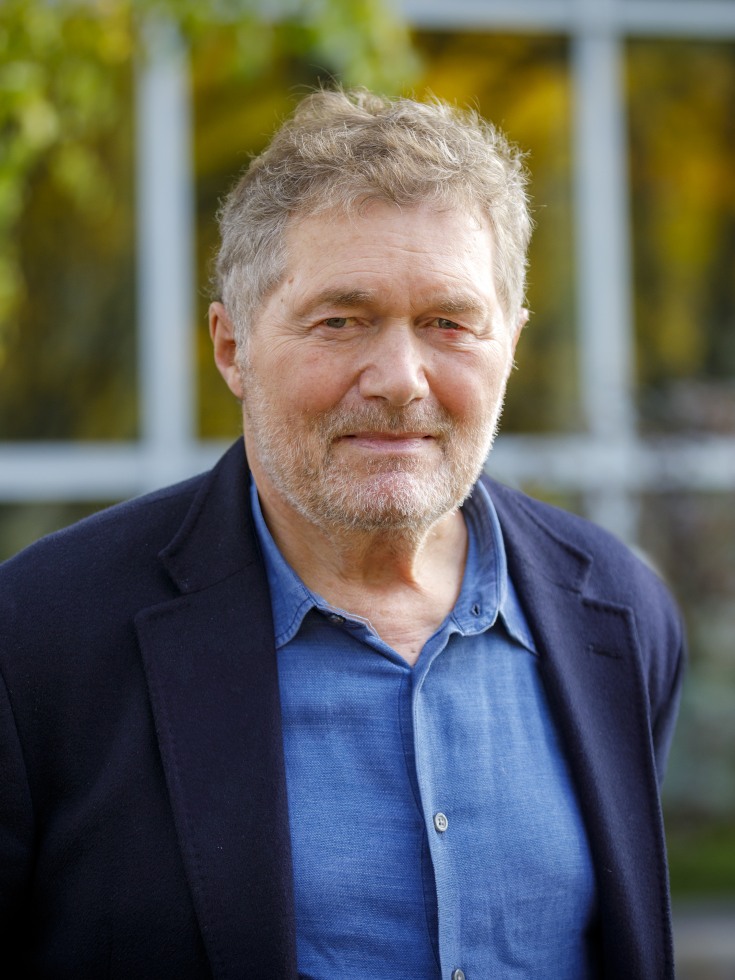When we talk about design, it’s typically in the context of technology, fashion, interior design, urban planning and architecture. But it can also be used to create effective behavioral interventions, develop public health products and services and influence the layout and functionality of hospitals, clinics and health care centers. Design also helps build communities that reinforce human and environmental health, as well as systems that ensure access to clean water, proper waste disposal and better air quality.
Design and public health have a history together—each boasting strengths in behavioral interventions. Designers start a project by understanding the interests and values of all involved parties. And by factoring in aspects like value creation, user experience, offerings and strategy—they can help public health researchers pinpoint the core issues at hand and increase the chances of solving the right problem from the outset.
Studies indicate that design-based solutions, rigorously tested and refined until optimized, outperform one–size-fits-all methodologies and accelerate collaborations in public health interventions.
The Design Team Cometh
This past September, Patrick Whitney and André Nogueira joined the Brown University School of Public Health as professor of the practice in behavioral and social sciences, and research scientist, respectively. The pair have been working together for over a decade and prior to coming to Brown, Whitney and Nogueira co-founded the Design Laboratory (D-Lab) at the Harvard T.H. Chan School of Public Health.
Whitney, who previously served as the dean of the Institute of Design at the Illinois Institute of Technology, is recognized as a “design visionary” and has been heralded as a “founding father of the field of design strategy.” Celebrated for his expertise in human-centered and strategic design, he currently applies it to solving public health challenges. As an example, when working to improve the care of children with asthma, he examines their surroundings and day-to-day routines, addressing concerns in both home and school settings that could worsen asthmatic symptoms.
